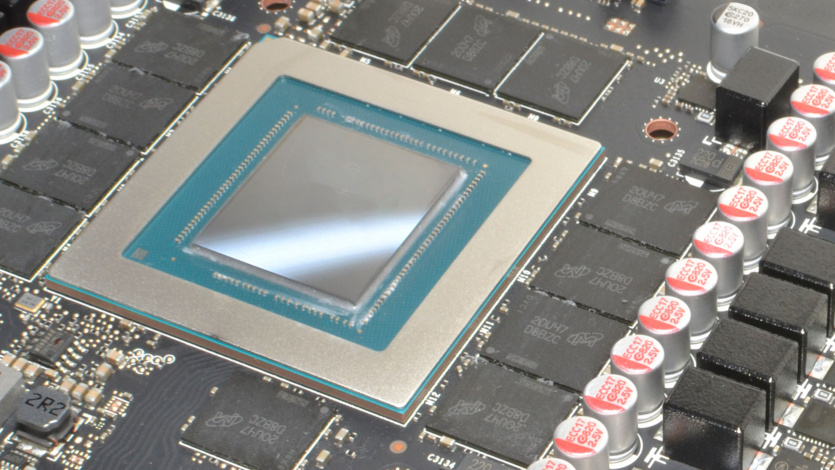
JEDEC has published the specifications for the GDDR7 memory standard. GDDR7 is expected to become the memory of choice for high-end RDNA 4 and Blackwell GPUs, which are rumored to be released next year and will compete for a place on our list of the best graphics cards.
It’s been almost six years since the first graphics cards started supporting GDDR6 memory. It was the RTX 20-series with Nvidia’s Turing architecture, which was launched in September 2018, transmits Tom’s Hardware. The first RTX 2080 and RTX 2080 Ti GDDR6 GPUs had 14 Gbps memory bandwidth, which provided 56 GB/s per device. Later solutions, such as the AMD RX 7900 XTX, have up to 20 Gbps (80 GB/s).
Nvidia helped create a faster alternative in GDDR6X, which started at 19Gbps in the RTX 3080 and eventually reached 23Gbps in the latest RTX 4080 Super. Officially, Micron rates its GDDR6X chips at 24 Gbps, which translates to 96 GB/s per device.
GDDR7 should provide a significant increase in bandwidth in generations. The JEDEC specification will eventually reach 192 Gbps per device. This means a memory bandwidth of 48 Gbps, which is twice the speed of the fastest GDDR6X. However, this memory achieves these speeds in a different way than previous memory solutions.
GDDR7 uses three signal levels (-1, 0, +1) to transfer three bits of data in two cycles. This is a change from the NRZ (non-return to zero) signaling used in GDDR6, which transmitted two bits in two cycles. This change alone provides a 50% improvement in data transfer efficiency, meaning that the base clock speed does not have to be twice as fast as GDDR6.
Other changes include the use of core-independent linear feedback shift registers to improve accuracy and reduce training time. GDDR7 will have twice as many independent channels (four versus two in GDDR6) and use PAM3 signaling.



Spelling error report
The following text will be sent to our editors: